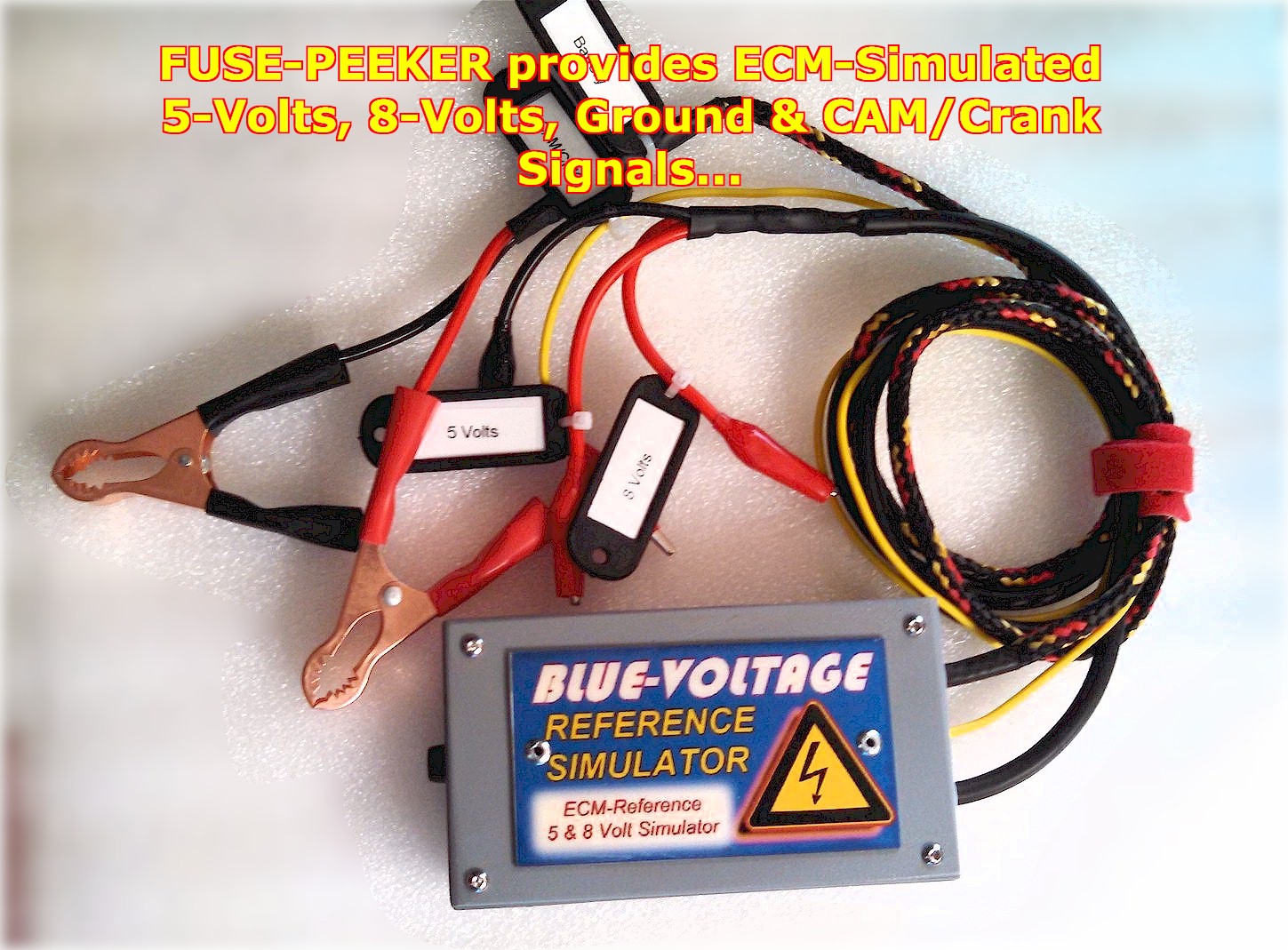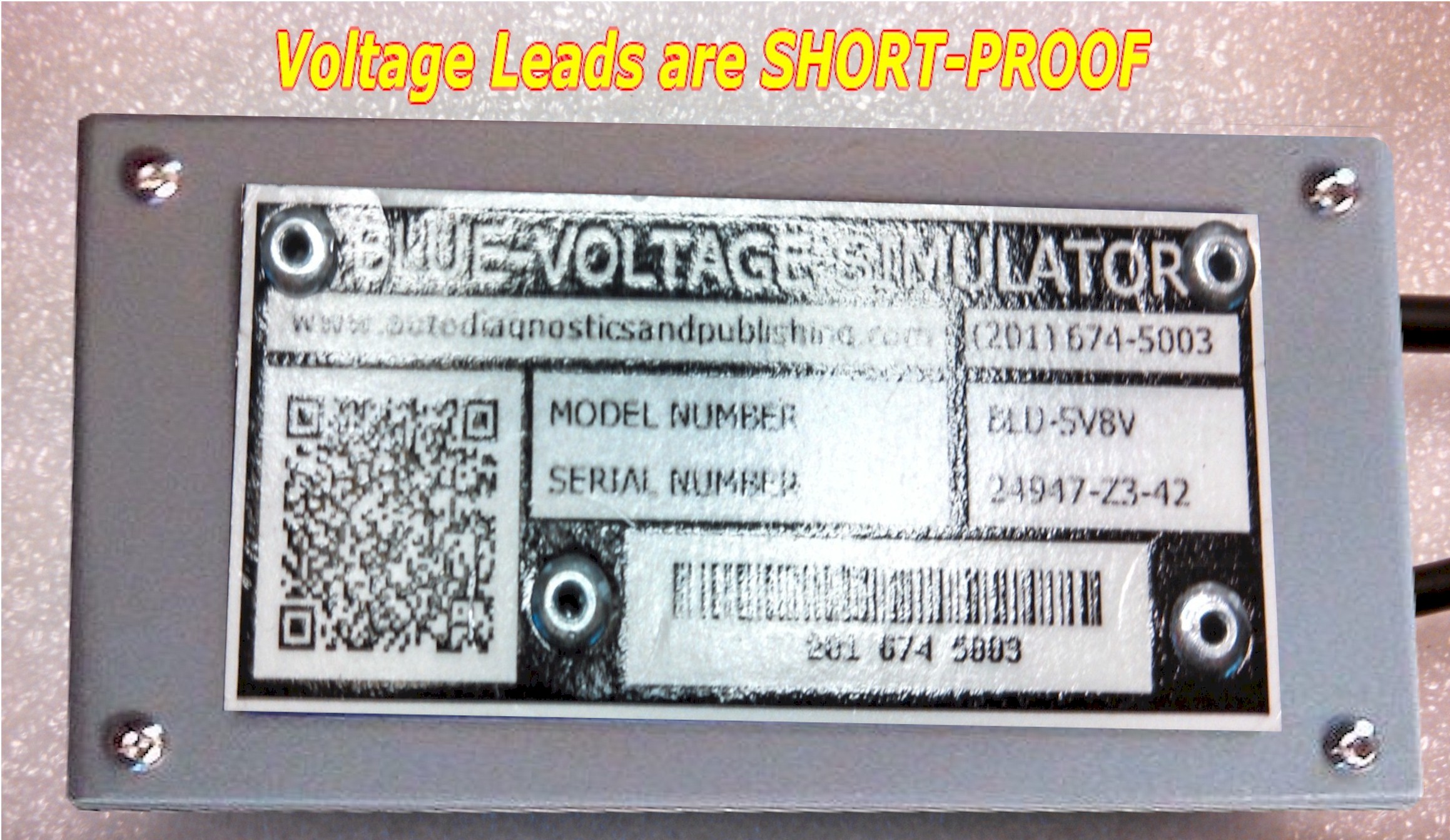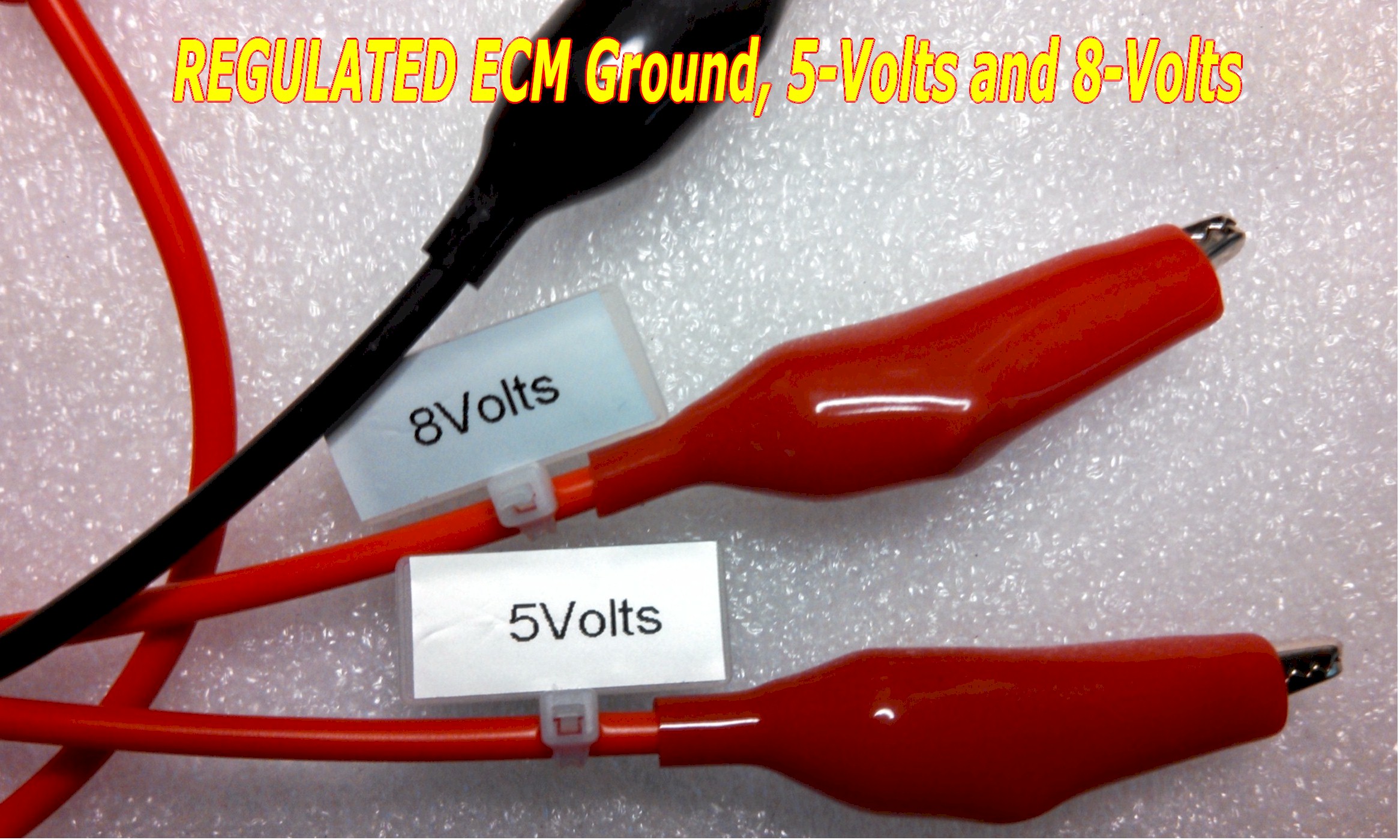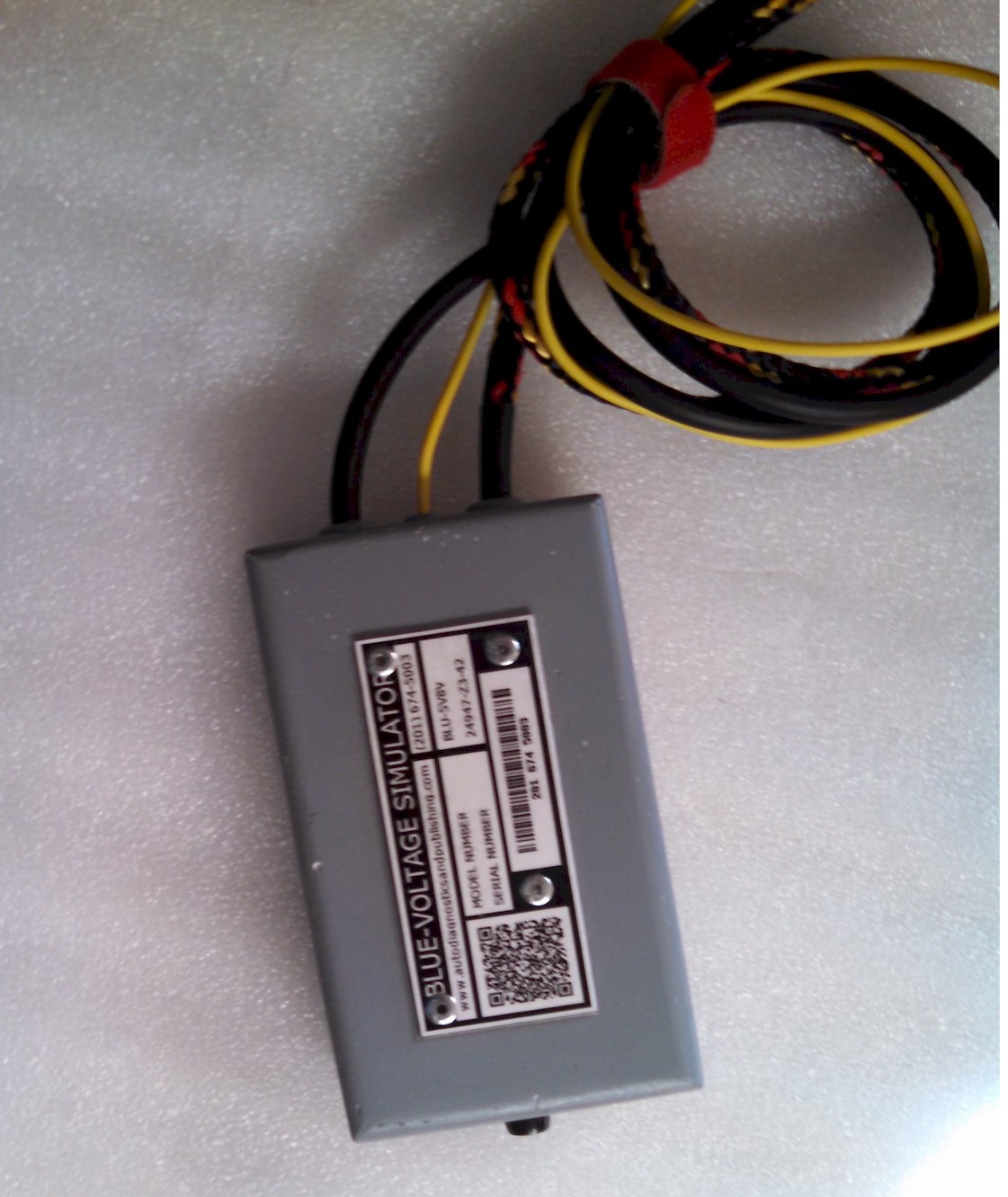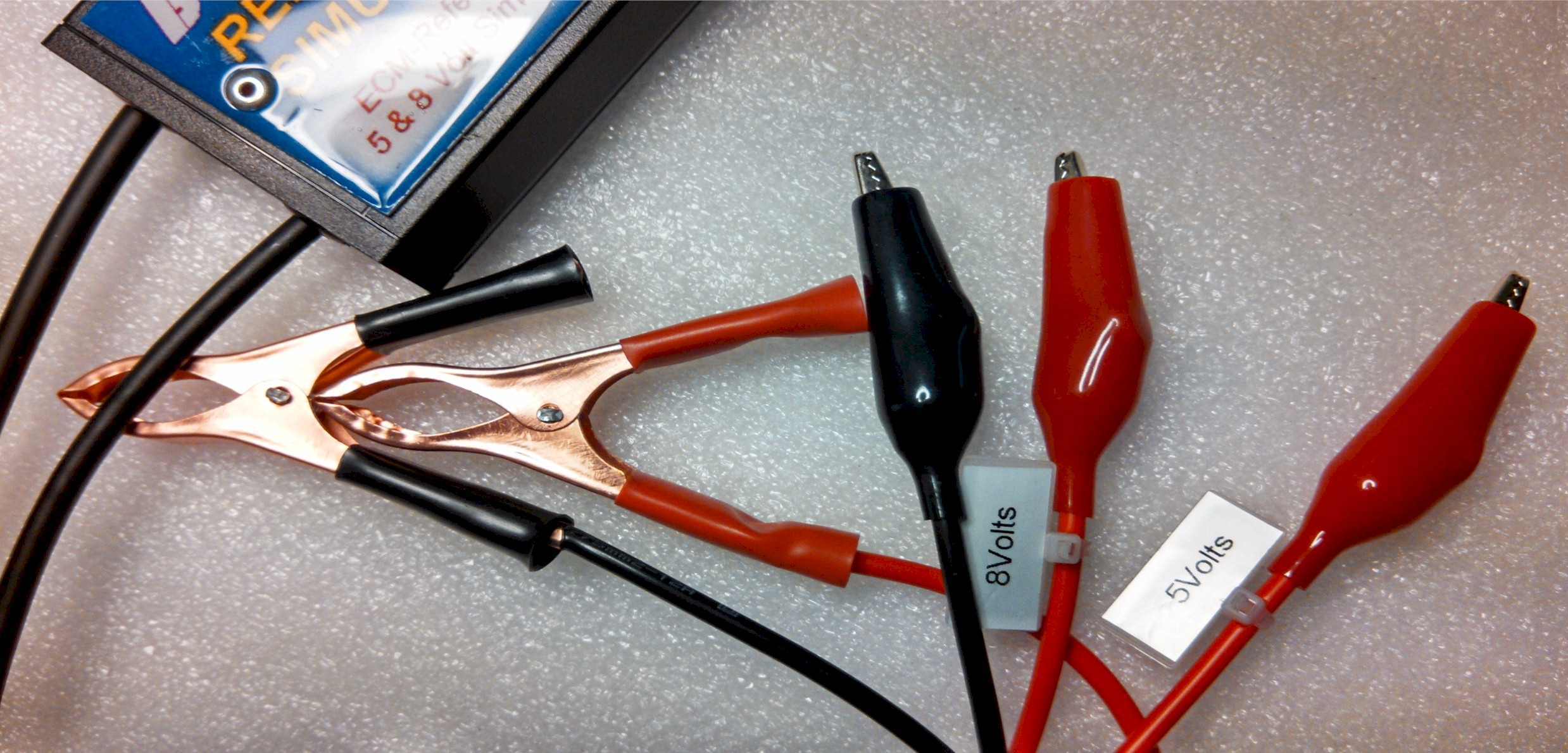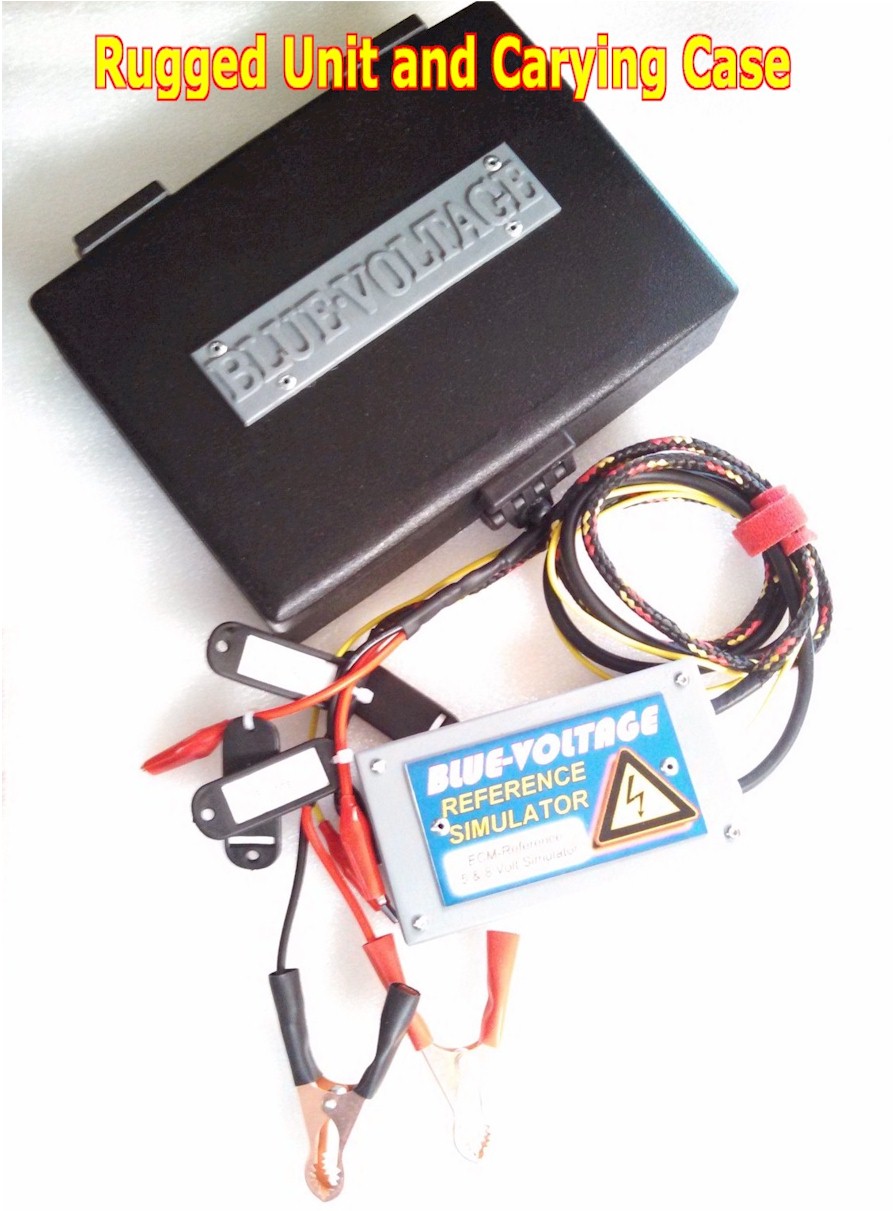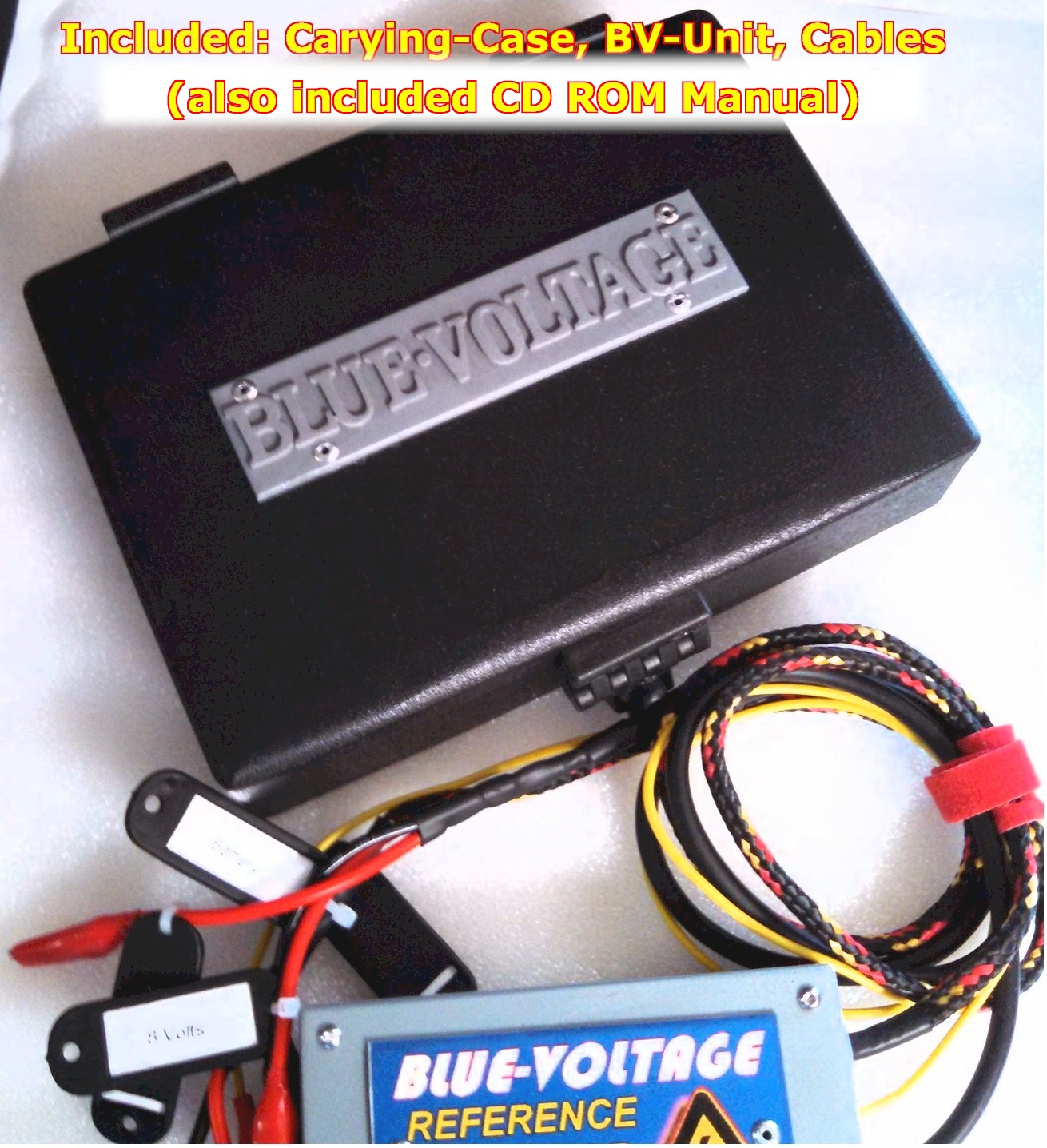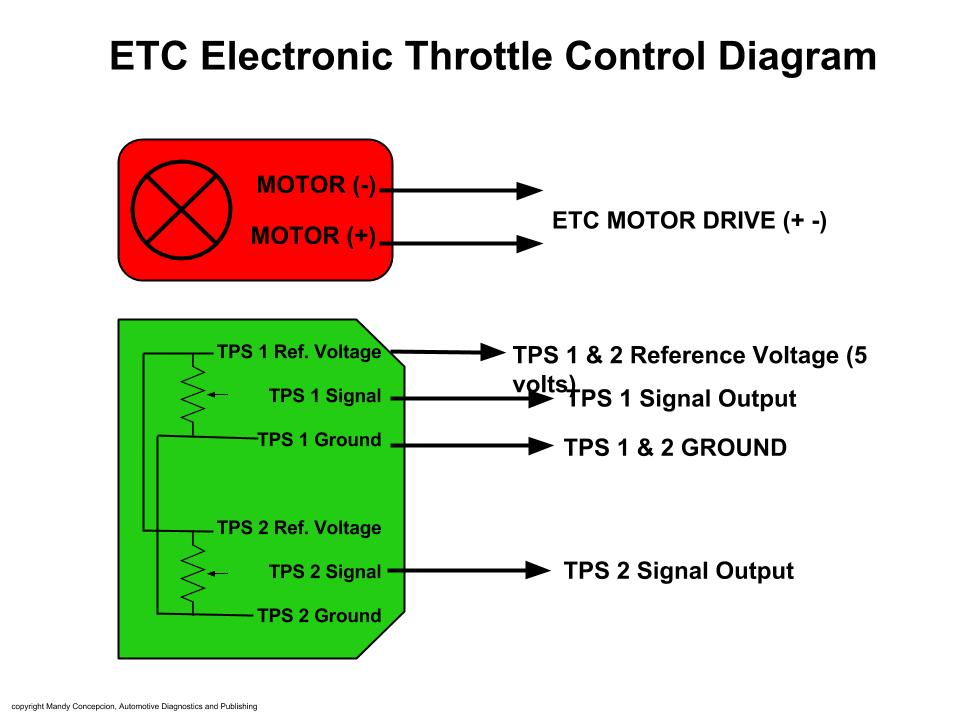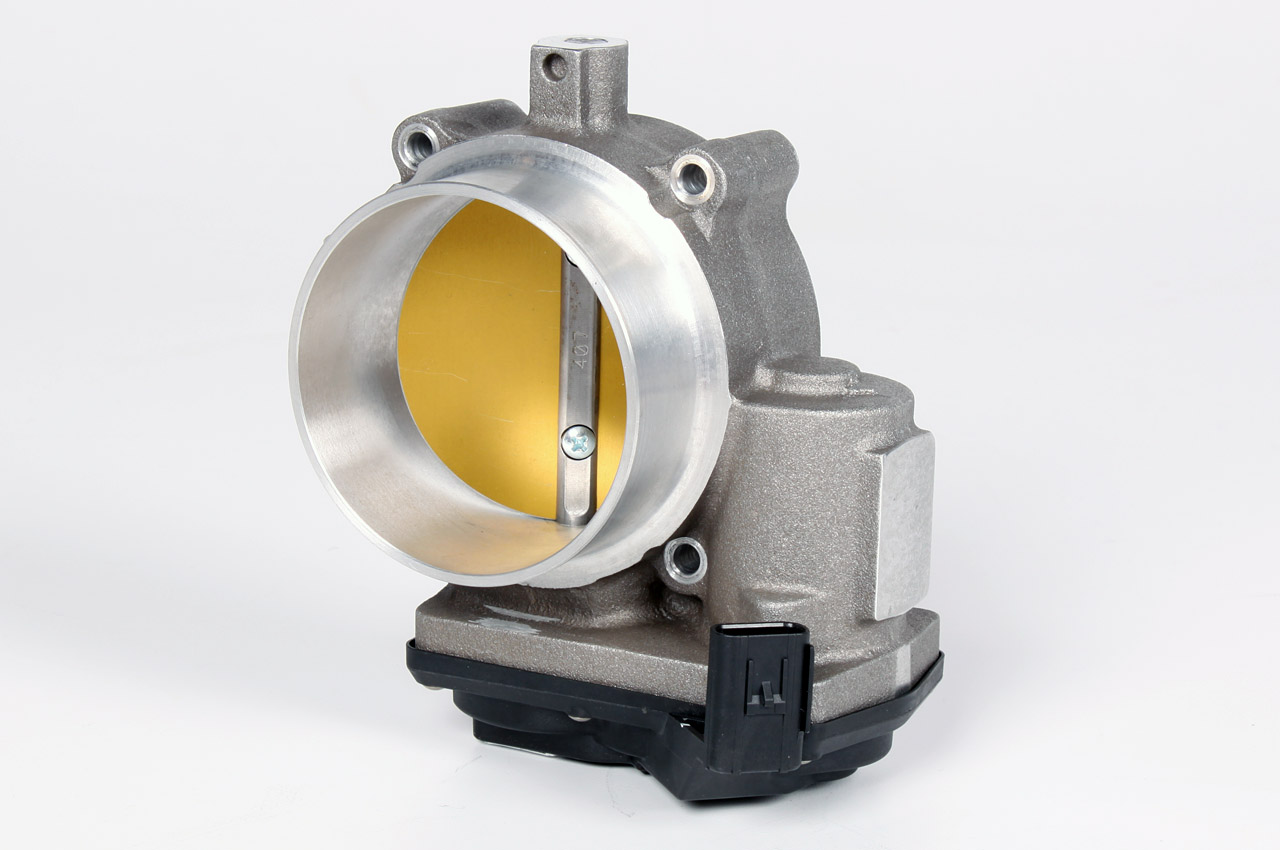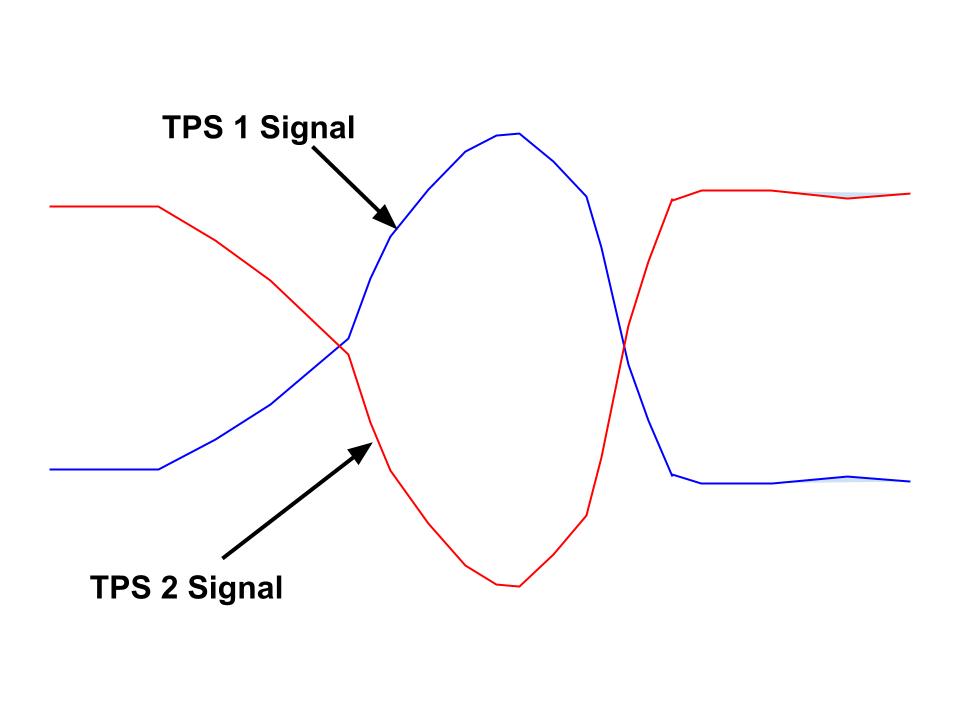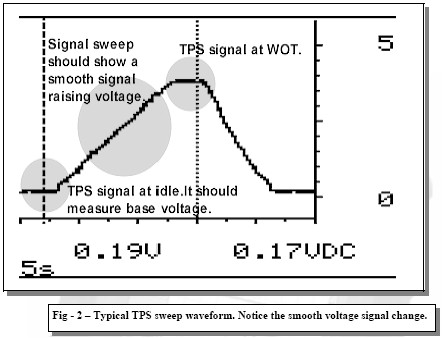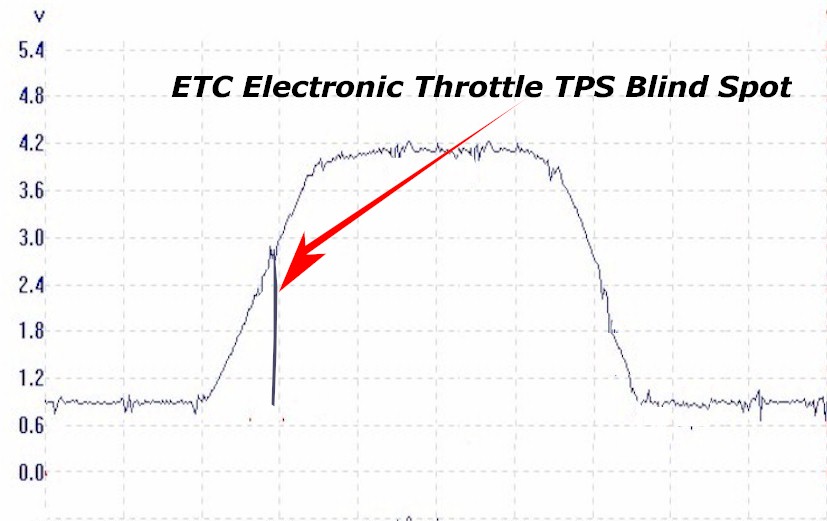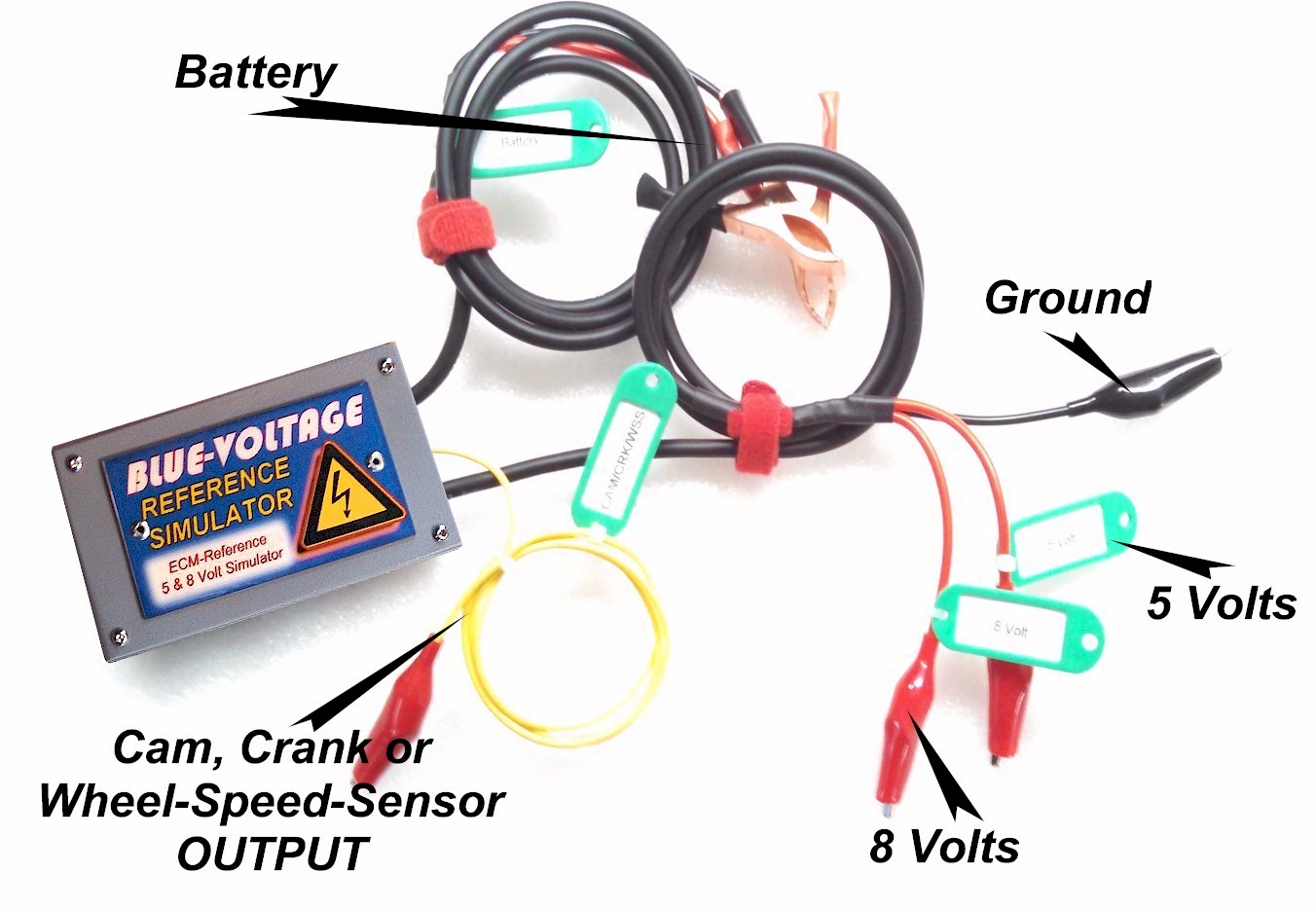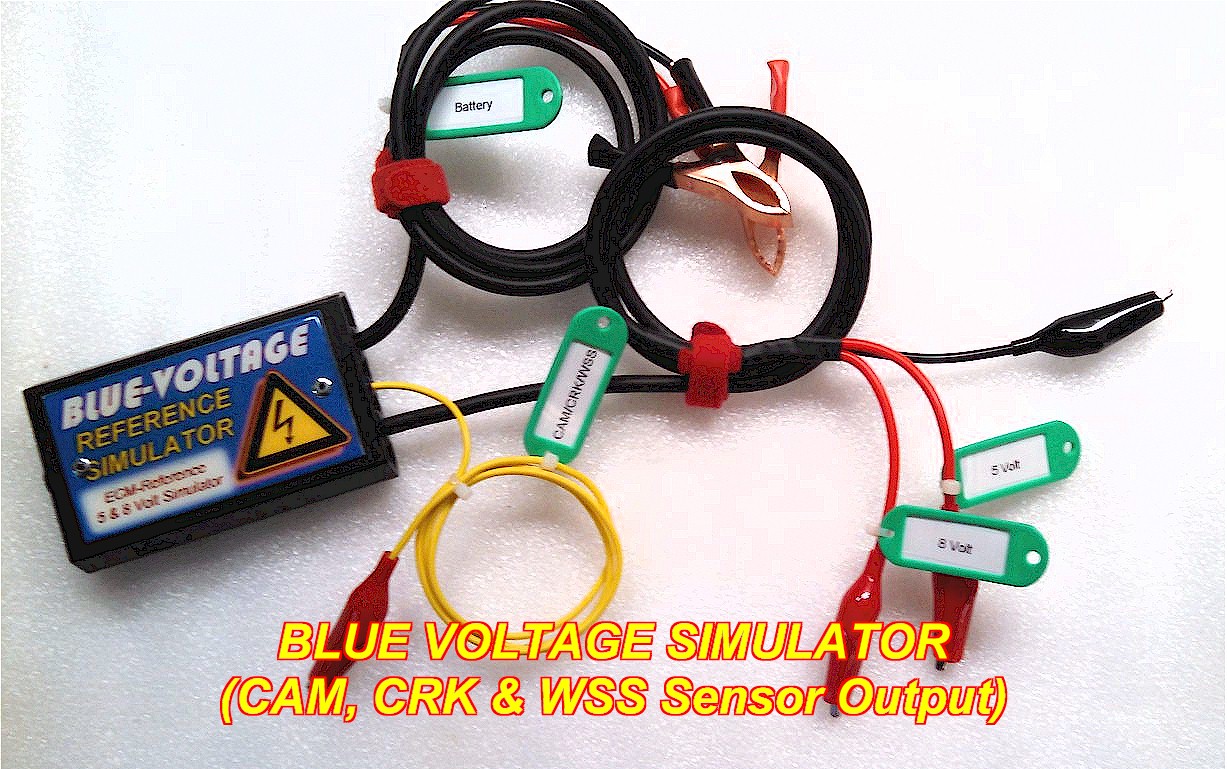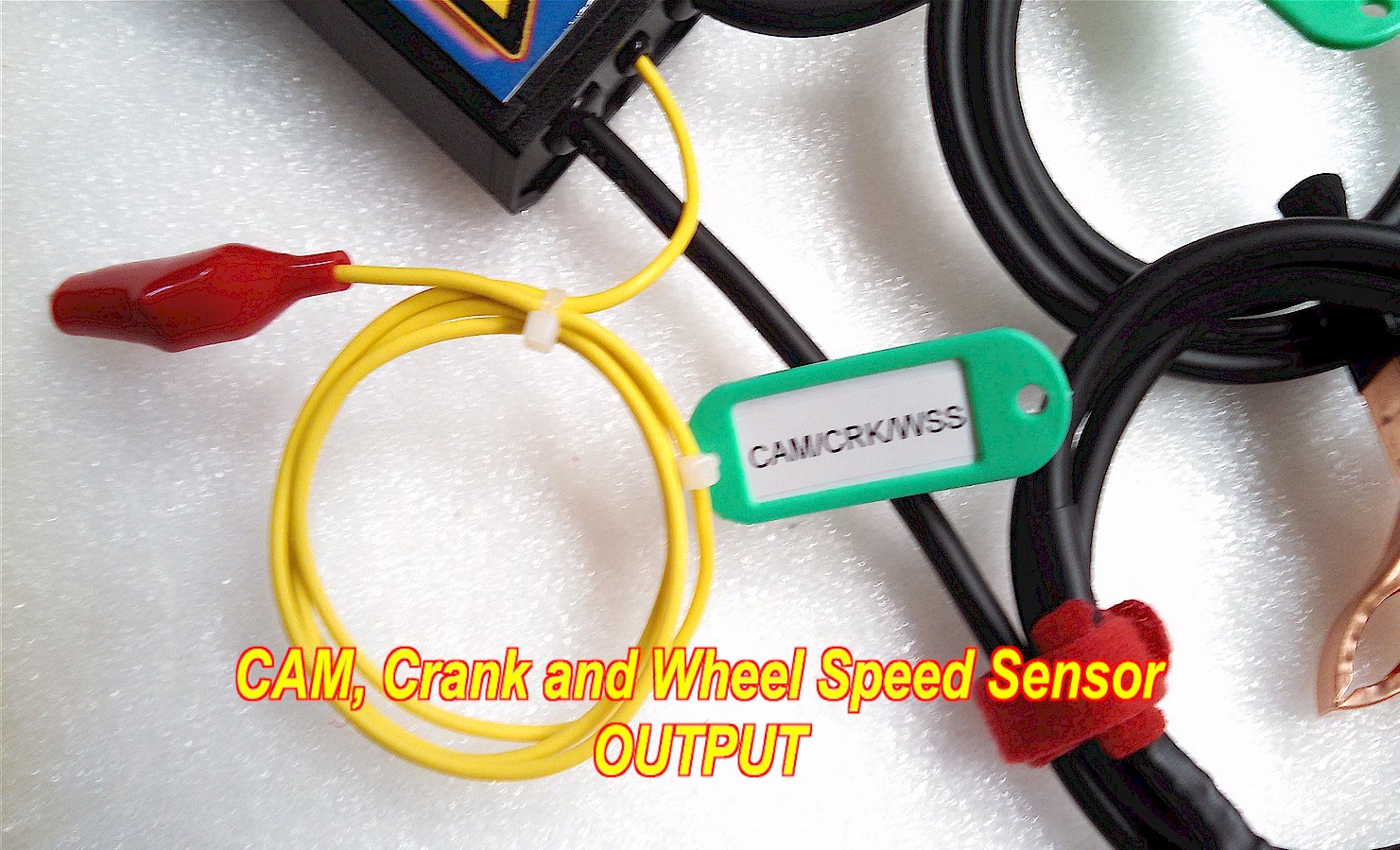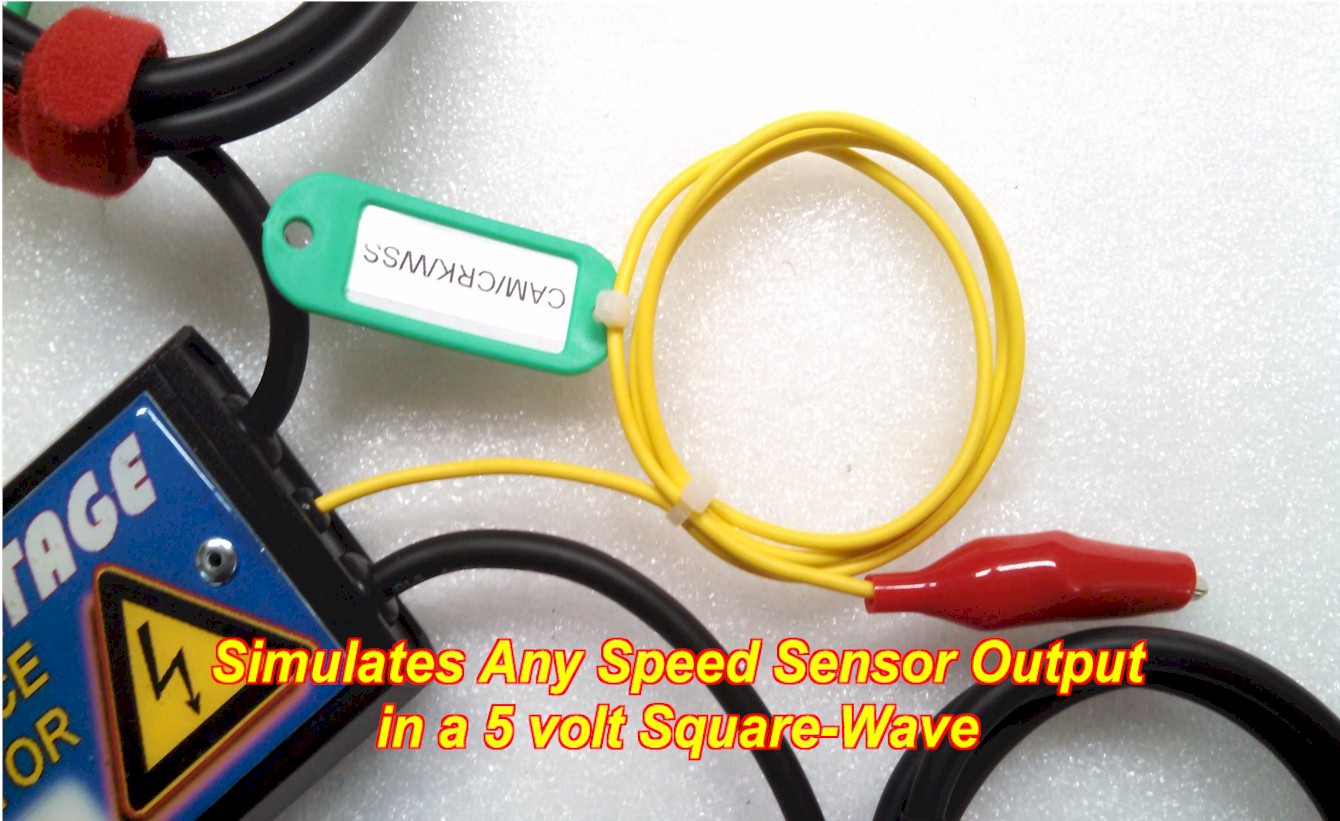ECM Reference Voltage Simulator or Blue-Voltage regulated Ground, 5 and 8 volt provider. It's also a CAM, Crank, Wheel-Speed and universal speed sensor simulator.
Why the BLUE-VOLTAGE-SIMULARTOR?
It is exactly what the ECM puts out. Have you ever wondered,
"gosh, I'd like to test this sensor (TPS, EGR, CAM-CRANK,
etc), but I don't want to accidentally SHORT the ECM?"
That's why the BLUE-VOLTAGE-SIMULATOR was created! Use it
with Key-Off-Engine-Off, as a reference voltage. NO SHORT
possible; yes the BLUE-VOLTAGE-SIMULATOR is totally
protected against shorts. So, connect it to the battery and
short the 5 or 8 volt leads to Ground, no problem,
protected. Can be used to test any position or speed sensor
that works on 5 or 8 volts and about 200mA of power.
Completely regulated power supply electronics for rock solid
operation. It also has a SPEED SENSOR output that can
simulate any CAM, CRANK, WHEEL-SPEED or any other type of
sensor, with a 5 volt, short-proof, square wave output. It
works even on magnetic sensor systems (sine-wave).
BLUE-VOLTAGE Reference & Crank/CAM/Speed sensor Simulator(Includes all cables & carrying case or bag)
(Domestic & International Shipping Available at checkout)
NOTE: Want to order more? See our Equipment-Package-Sets and save. Then check out securely.
(Note: We test all units before shipping, so allow 5 days for shipping + 2 days for Priority-Mail delivery)
